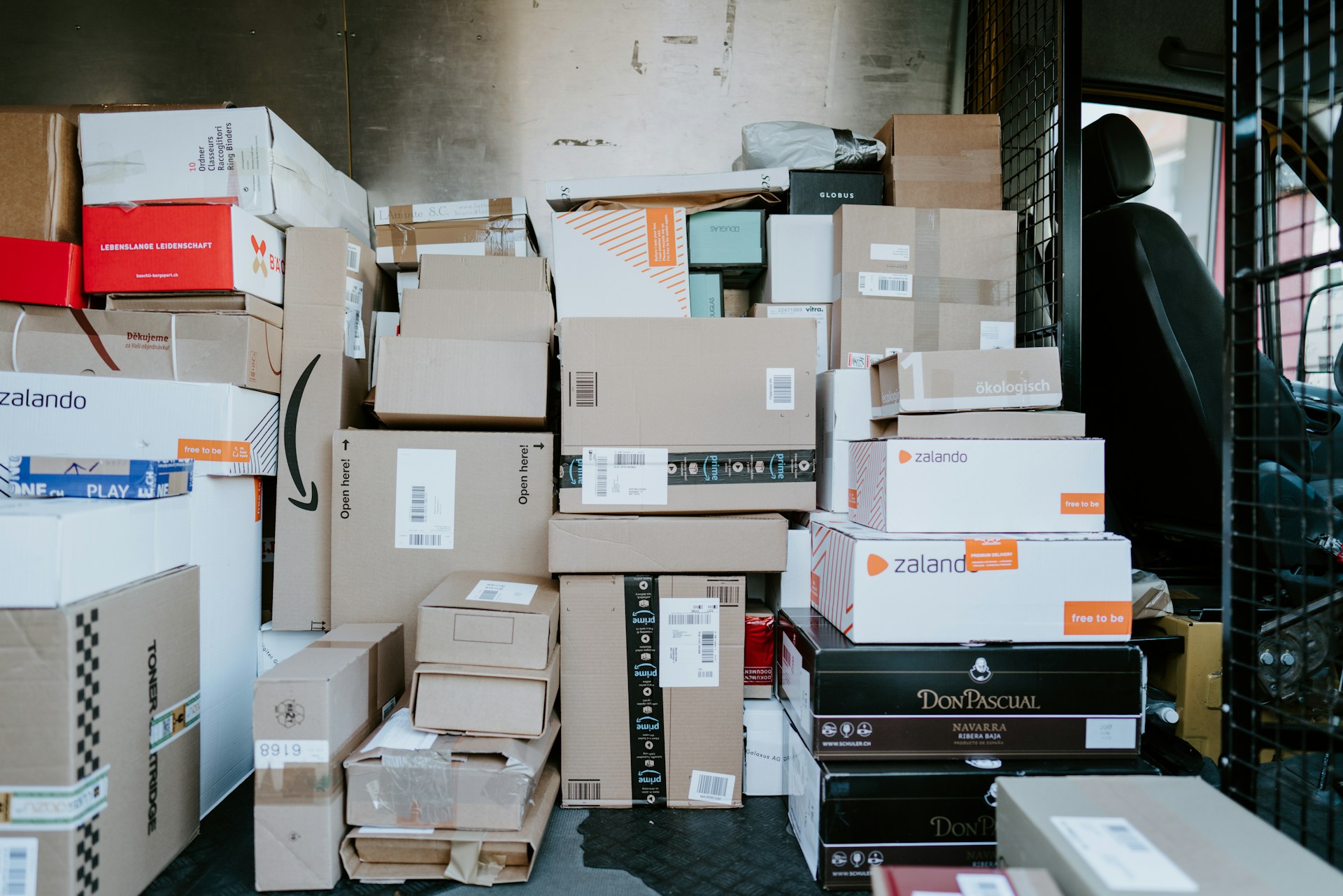Choosing the best delivery tracking system for your business is like finding the perfect pair of shoes – it needs to fit just right. In a world where customer expectations are sky-high, a reliable delivery tracking system isn’t just a nice-to-have; it’s a must-have.
Contents
Why Delivery Tracking Systems Matter
Delivery tracking systems aren’t just about knowing where your package is. They play a crucial role in enhancing customer satisfaction, improving operational efficiency, and ultimately boosting your bottom line. Think about it: in the age of instant gratification, customers want to know the status of their order at every step.
Key Features to Look For
When selecting a delivery tracking system, there are some non-negotiable features you should be on the lookout for. Here’s a breakdown to help you prioritize:
Real-Time Tracking
The heart and soul of any delivery tracking system is its ability to provide real-time updates. Customers should be able to see exactly where their package is at any given moment. This feature is particularly important for businesses offering same-day or next-day delivery services.
User-Friendly Interface
A complicated system is a deal-breaker. The interface should be intuitive for both your staff and your customers. Easy navigation and clear instructions can save a lot of headaches down the line.
Integration Capabilities
Your delivery tracking system should seamlessly integrate with your existing software, whether it’s your CRM, e-commerce platform, or inventory management system. This ensures a smooth flow of information and reduces the risk of errors.
Customizable Notifications
Customers appreciate timely updates, but not everyone wants to be bombarded with notifications. Look for a system that allows for customizable alerts – via email, SMS, or in-app notifications. This way, your customers can choose how they want to stay informed.
Analytics and Reporting
Data is gold. A good tracking system will provide detailed analytics and reporting features. This helps you understand delivery performance, identify bottlenecks, and make data-driven decisions to improve efficiency.
Scalability
Your business is going to grow, and your tracking system should grow with you. Ensure that the solution you choose can handle an increasing volume of deliveries without compromising on performance.
Types of Delivery Tracking Systems
There are several types of delivery tracking systems available, each with its own set of advantages. Here’s a quick look at the main ones:
Basic Tracking Systems
These systems provide fundamental tracking features like status updates and delivery confirmations. They’re ideal for small businesses with straightforward delivery needs.
Advanced Tracking Systems
Offering more sophisticated features, these systems include real-time GPS tracking, route optimization, and detailed analytics. They’re perfect for businesses looking to enhance their delivery efficiency and customer satisfaction.
Customized Solutions
For businesses with unique requirements, custom-built tracking systems can be developed. These are tailored to fit specific needs but can be more expensive and time-consuming to implement.
Steps to Choose the Best System
Alright, now that you know what to look for, let’s walk through the steps to find the perfect delivery tracking system for your business.
1. Assess Your Needs
Start by understanding your specific requirements. Consider factors like the volume of deliveries, geographical coverage, and the level of tracking detail you need. Do you require real-time GPS tracking, or will basic updates suffice?
2. Set a Budget
Determine how much you’re willing to invest in a tracking system. While it’s tempting to go for the most feature-rich option, ensure it fits within your budget without compromising on essential features.
3. Research and Compare
Do your homework. Research different tracking systems, read reviews, and compare their features. Look for systems that are highly rated for reliability, ease of use, and customer support.
4. Request Demos and Trials
Never buy a system without trying it first. Most providers offer demos or trial periods. Use this opportunity to test the system’s functionality, user interface, and integration capabilities.
5. Consider Customer Support
Excellent customer support is crucial. Ensure the provider offers robust support options, including live chat, phone support, and comprehensive documentation. This can save you a lot of trouble when you need assistance.
6. Evaluate Scalability
Think long-term. Ensure the system can scale with your business. Check if it can handle an increased number of deliveries and if additional features can be added as needed.
Tips for a Smooth Implementation
Once you’ve chosen your system, the next step is implementation. Here are some tips to ensure a smooth transition:
Train Your Team
Proper training is essential for a successful implementation. Make sure your staff knows how to use the system effectively. Provide comprehensive training sessions and resources.
Communicate with Customers
Inform your customers about the new tracking system and how it benefits them. Clear communication helps set expectations and improves customer experience.
Monitor Performance
Keep an eye on how the new system is performing. Gather feedback from your team and customers, and be prepared to make adjustments as needed.
Stay Updated
Technology evolves rapidly. Ensure your tracking system is regularly updated with the latest features and security enhancements. This keeps your operations running smoothly and securely.
Common Mistakes to Avoid
Choosing a delivery tracking system can be tricky, and there are common pitfalls to avoid:
Overlooking Integration
A system that doesn’t integrate with your existing software can cause more problems than it solves. Always check compatibility before making a decision.
Ignoring Customer Feedback
Your customers are the end-users of the tracking system. Ignoring their feedback can lead to dissatisfaction. Keep an open line of communication and make improvements based on their input.
Choosing Based on Price Alone
While budget is important, choosing the cheapest option can be costly in the long run if it lacks essential features or reliability. Balance cost with functionality and quality.
Final Thoughts
Selecting the best delivery tracking system for your business is a vital step in ensuring customer satisfaction and operational efficiency. By focusing on the right features, thoroughly researching your options, and planning for smooth implementation, you can make a choice that benefits both your business and your customers.



